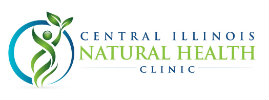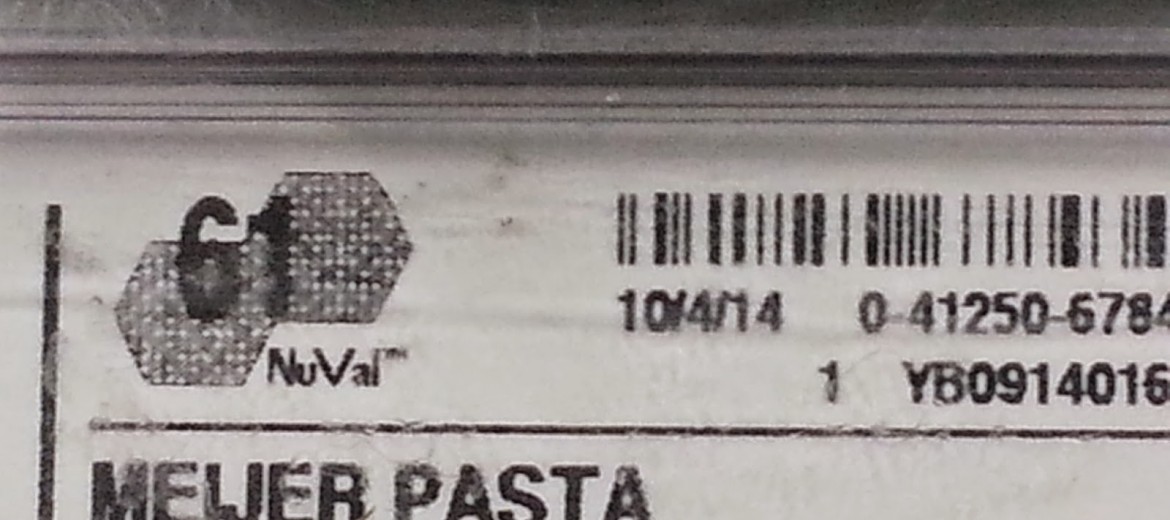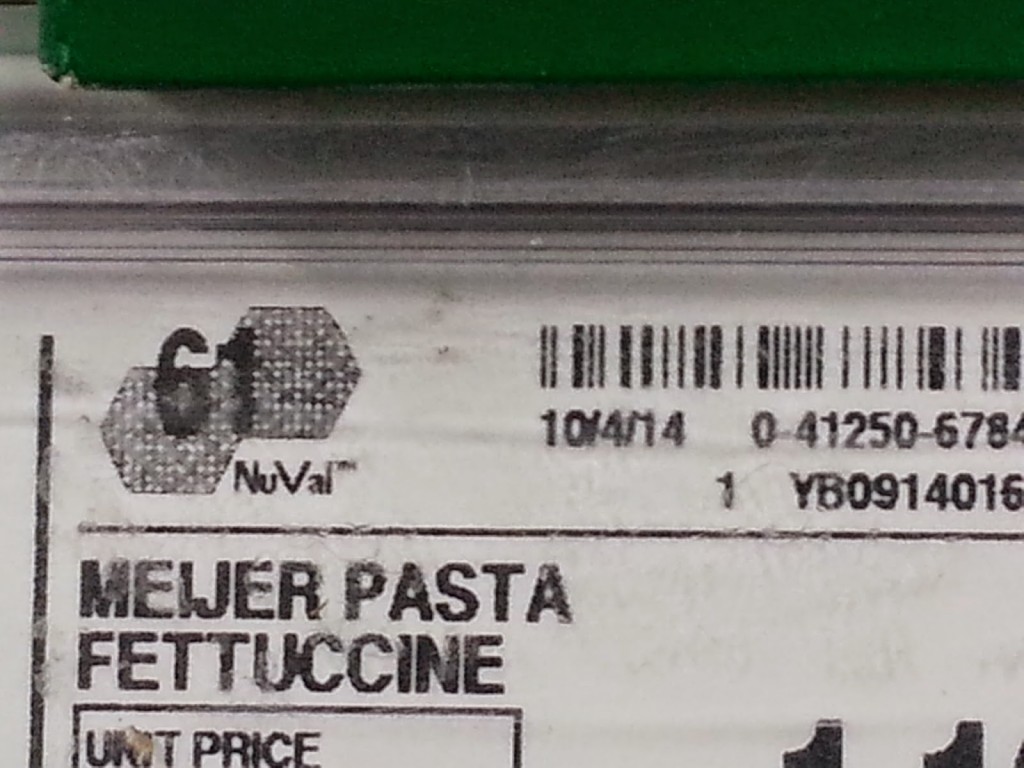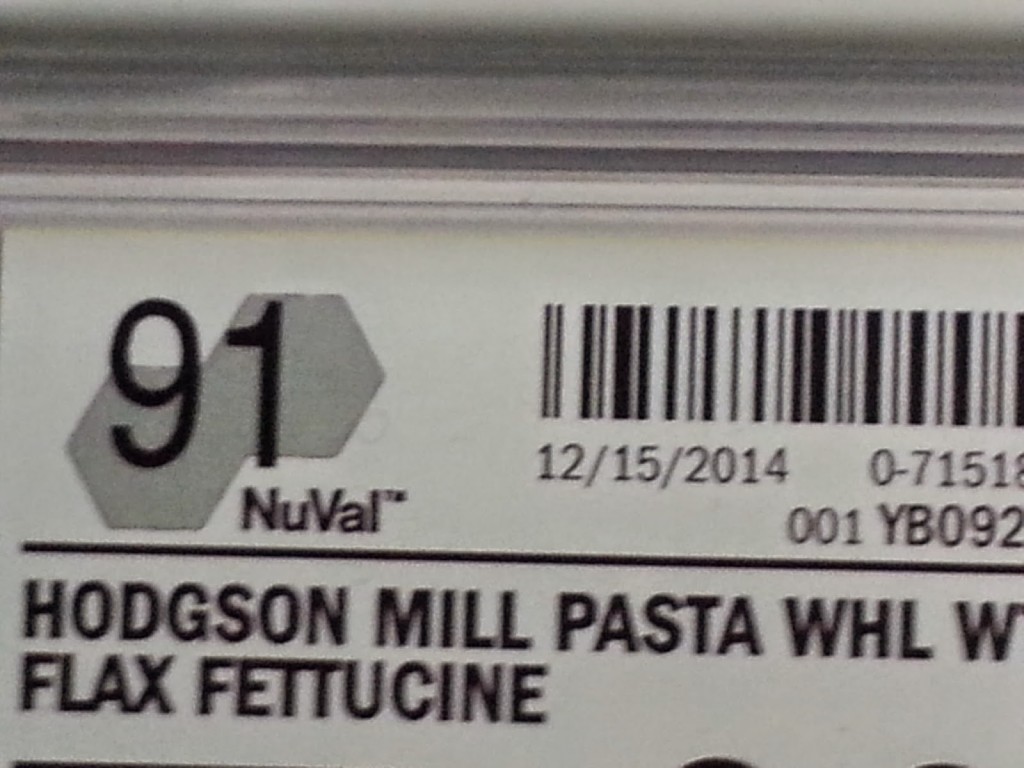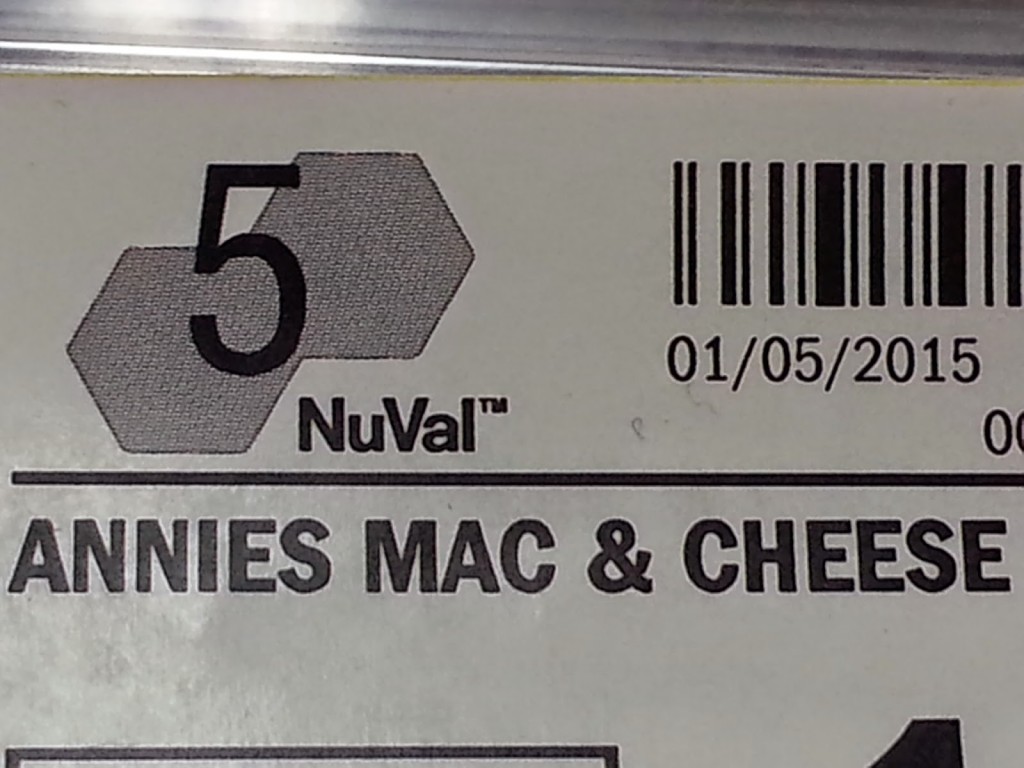If there’s one thing that’s consistent in the field of nutrition, it’s that information is always changing. With the barrage of latest headlines about the scientific research on nutrition, how can we cut through the confusion and make healthy choices? I usually spend a fair amount of time reading Nutrition Facts labels at the grocery store, weighing the pros and cons of each item.
Enter NuVal: a user-friendly information system at the grocery store. NuVal was developed by top nutrition researchers, led by David Katz, MD, of Yale. It combines all the latest research about what makes a food healthy, and giving it a single numerical score from 1 (worst) to 100 (best). The formula is complex, taking into account factors such as fiber, vitamins and minerals, sodium, calories, sugar, trans fats, and more — but the end result is one simple number.
The best part of NuVal? For grocery stores that choose to use it, it’s right on the shelf, in black and white. I first heard of this new system at a nutrition seminar last fall, and was surprised when I noticed the NuVal numbers on the shelf tags at Meijer a few weeks ago. The numbers are small, so you have to squint a bit to read them, but they are there. This is a very convenient way to compare foods in the same category, so you can quickly make better nutritional choices.
Of course, you still have to get a balanced diet of different types of healthy foods (ideally based around a Mediterranean-type pattern) — you can’t eat all asparagus all the time just because it has a NuVal of 100. But if you can “trade up” to higher NuVal scores within the categories of foods you like, you’ll notice the difference in your health.
